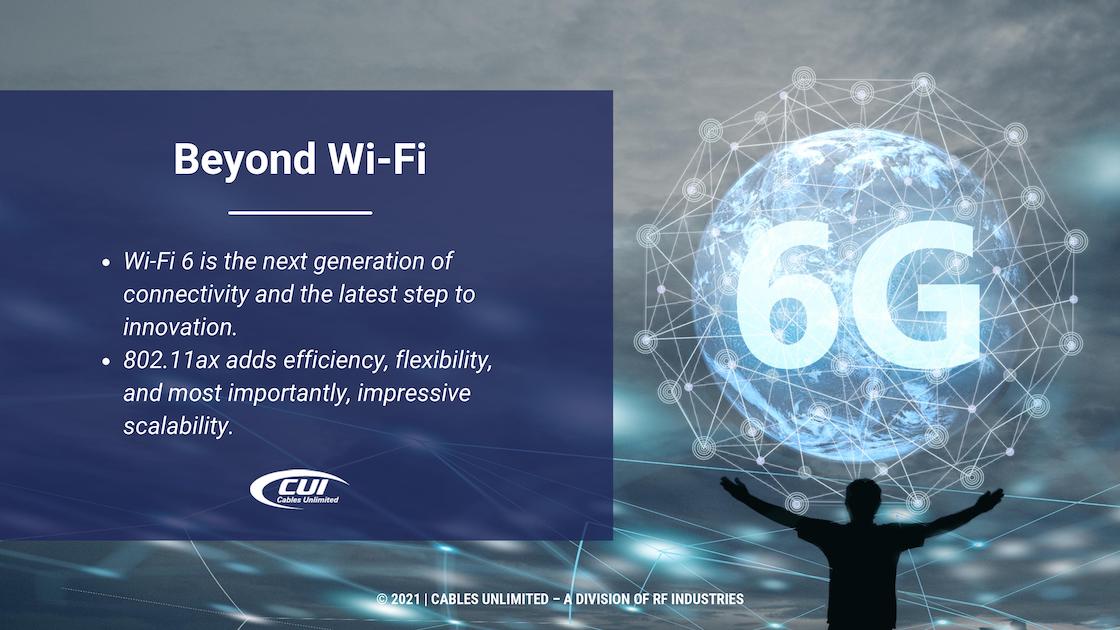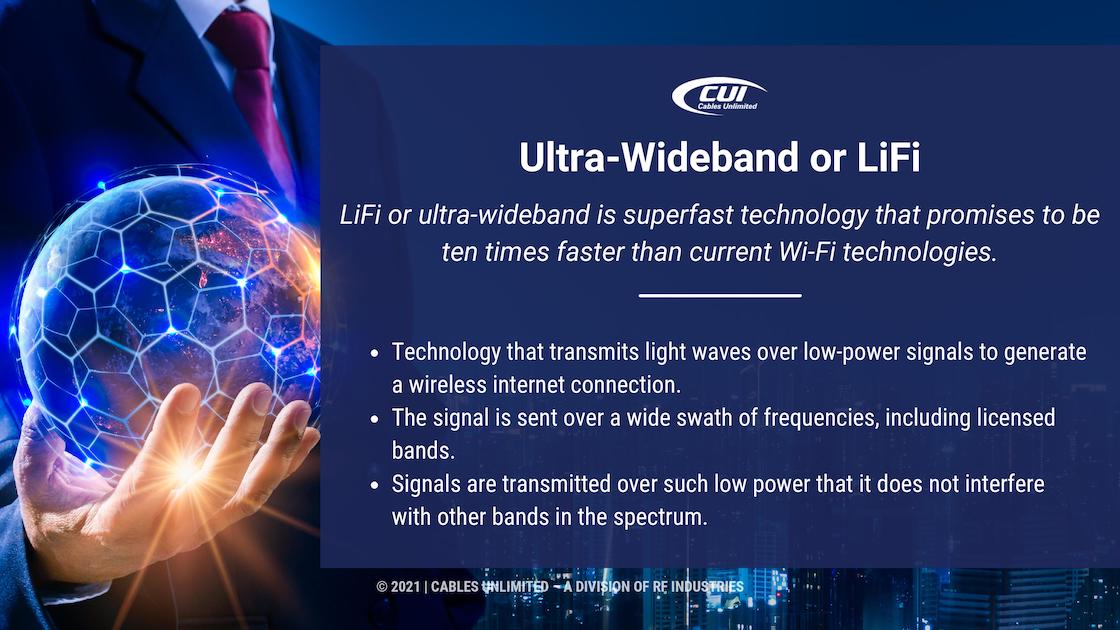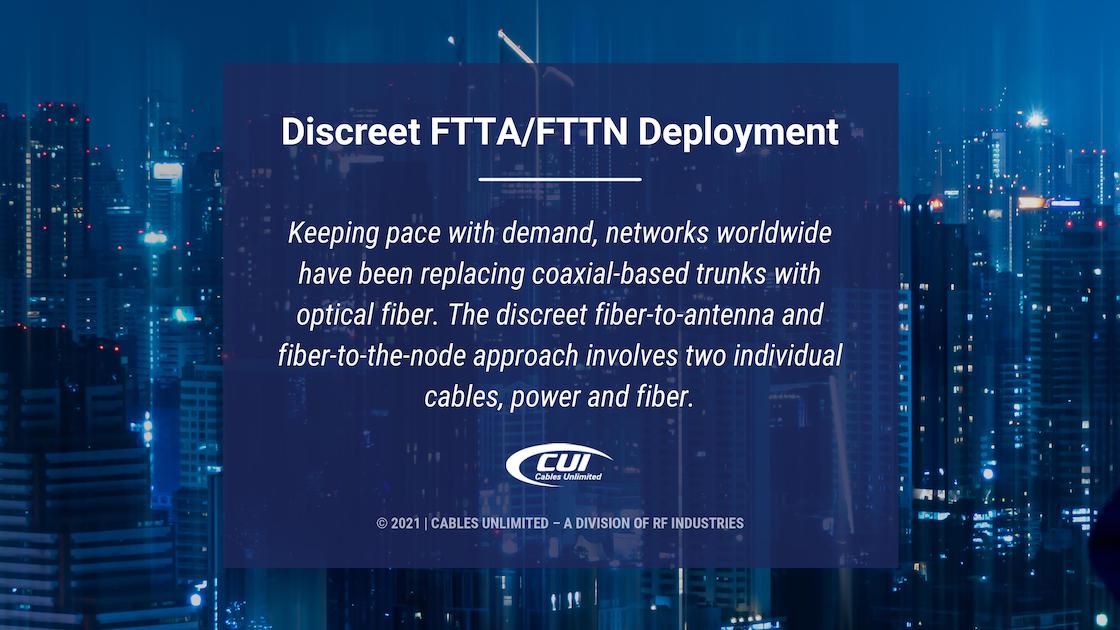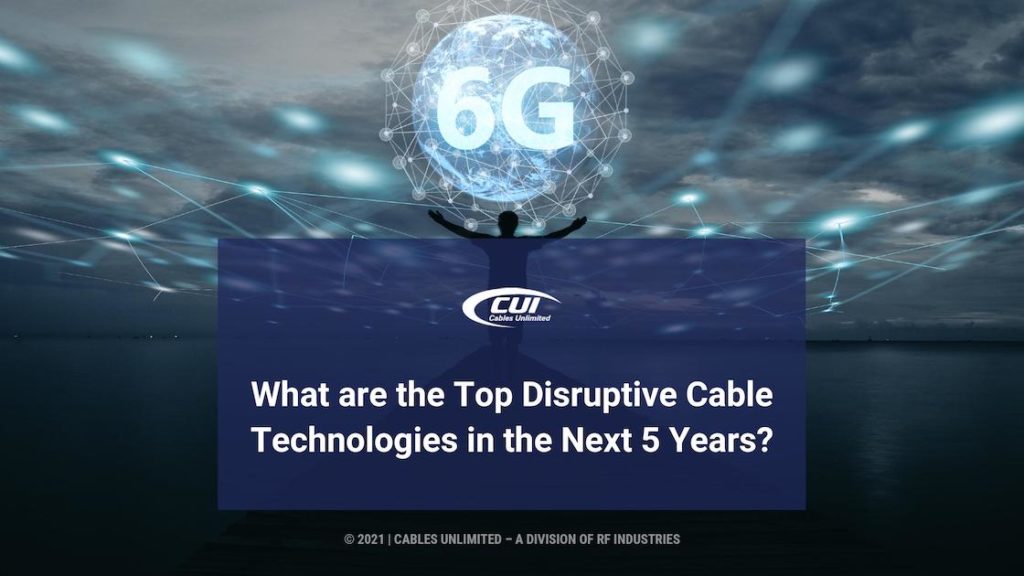Smartphones, 5G, and Wi-Fi 6 have landed, solidified, and are here to stay; the wire and cable industry should be shaking in their collective boots. Yet, the industry has been on an impressive run in recent years, with a lot more room to run. What are the disruptive technologies facing the industry?
Cable and wire companies remain the leading provider of broadband and wireless to the home and industry. Cash flows remain robust, and companies in the supply chain report an impressive 25 percent on invested capital.
Can major industry players keep these returns going into the next decade or two?
Trends in diverse markets such as medical, telecommunications, aerospace, and the military, face infrastructure challenges. As an example, in telecommunications:
- Real-time data must move in both directions
- Cable shielding must prevent disruptive noise
- Network cabling must have inflammable, non-toxic materials
The competitive landscape throughout the industry is changing rapidly, forcing companies to find differentiation. As a result, digital-first organizations are digging out a solid foothold in the wire and cable world.
Disruption
Scientists and engineers worldwide are developing new protocols, processes, and methodologies to transform the human experience. Closing the digital divide is happening everywhere, with most people in even the remotest locations now recognizing the terms 5G and Wi-Fi. These technologies have gone a long way to provide fast internet on the entire planet.
Digital Electricity
One of the disruptive technologies bandied about for some years now is “Digital Electricity.” The promise of this emerging technology combines DC power and data into packets. The packets are transmitted and received over low-power cabling (such as ethernet), similar to how information is transferred on networks.
Digital electricity systems send nearly 700 energy pulses per second over low-power cabling to an accumulation unit that transforms energy into power. Considering the infancy of the technology and the millions of homes and buildings just in the United States; unlocking the value of widespread digital electricity could take decades to become viable if industry leaders do not evolve and produce.

Beyond Wi-Fi
Wi-Fi6 is the next generation of connectivity and the latest step to innovation. 802.11ax adds efficiency, flexibility, and most importantly, impressive scalability.
5G is a game-changer for remote areas, where laying fiber cable over vast distances is prohibitive. Moreover, 5G is so crucial that telecoms such as AT&T are partnering with colleges everywhere to advance innovation and entrepreneurship in the technology.
Ultra-Wideband or LiFi
LiFi or Ultra-wideband is superfast technology that promises to be ten times faster than current wi-fi technologies. The technology transmits light waves over low-power signals to generate a wireless internet connection. The signal is sent over a wide swath of frequencies, including licensed bands. In addition, signals are transmitted over such low power that it does not interfere with other bands in the spectrum.
Even the most remote places on Earth could experience learning opportunities never dreamed of before. CISCO announced plans to help foster the closing of the digital divide, announcing the launch of the Sustainable Tribal Networks program. The program provides internet assistance to 574 Native American tribes.
Innovation is happening at unprecedented speeds in every area of the cable, wireless, and 5G space. As an example, Betacom, a wireless design provider, announced the adoption of the world’s first 5G-as-a-Service. This service and private 5G networks have the potential to revolutionize industries around the globe.
Betacom enterprise customers retain ownership and local control of their network, which is hosted on Microsoft Azure.

Small Cell
Small cell technologies are low-powered radio access nodes that operate in licensed and unlicensed spectrums. The nodes are short-ranged from 10 meters to just a few kilometers. However, Small cell deployments around the world vary according to the radio technology used. Small Cell Forum expects nearly 38.3 million small cells to be deployed by 2026, covering urban and rural environments. The forum’s report is a survey of 78 mobile operators and 26 other small cell deployment companies.
In keeping with digital infrastructure, small cell technology is rapidly advancing the global growth of 5G. As a result, global investments in another of the disruptive technologies remain strong. According to Telecoms Infrastructure, “cumulative global small cell RAN (radio access network) investments remain on track to approach $25 b over the next five years.”
Digital Infrastructure
On June 8 of this year, Fastly, a popular cloud provider went down, and hundreds of sites went offline. Visitors to sites such as Amazon, the British Government, Reddit, CNN, and others saw error messages instead of content.
The outage vividly represents the fragility of the world’s digital infrastructure. Moreover, the outage illustrates how a small number of digital companies impact the lives of millions of people. In three short decades, the internet has gone from innovation to indispensable.
Two-thirds of the world’s population are active internet users. Market forces are driving IT leaders and heads of government to prioritize a digital core. It is estimated that the digital infrastructure will be the underlying platform for all business automation in the next few years.
Dense global ecosystems will significantly impact how business leaders can effectively use digital infrastructure to improve agility and resilience.
Read more in our blog: Broadband Solutions in the USA: Shaping Smart City Development

The Game is Changing With Disruptive Technologies
The challenges of deployment for telecoms, cable companies, and their supply chains will be enormous. 4G demand continues to grow while 5G infrastructure has just begun. 5G New Radio technologies and trunked radio systems are a paradigm shift in network design and implementation.
Discreet FTTA/FTTN Deployment
Keeping pace with demand, networks worldwide have been replacing coaxial-based trunks with optical fiber. The discreet fiber-to-antenna and fiber-to-the-node approach involve two individual cables, power and fiber. Cables run from the baseband unit directly to the RRU.
The configuration allows for future changes to the RRU without replacing the trunk. Networks and cable telecoms are turning to a hybrid FTTA/FTTN solution. The hybrid is: one or more power conductors and multiple fibers are bundled together with the same outer jacket.
PoE Solutions
Ethernet is installed everywhere and is often the preferred backbone for various infrastructures. No matter the device being installed on the network, they all need power. Advanced PoE solutions make designing and powering devices a simple plug-and-play procedure.
System integrators find high-voltage installs costly and time-consuming. High-voltage wiring must be kept separate from low-voltage enclosures. Installs are further complicated by high-voltage wiring which cannot be in the same pathways as low-voltage.
PoE solutions eliminate high-voltage installation costs, so integrators can better meet the needs of their clients.




